Dear Editor:
I really enjoyed Mike Markowitz’s article on the development of war machines of the Ancient Greeks (Weapons, February 2001). As a Navy man, I expected to see a few developments in the realm of the seas and was disppointed to see none. The Myceneans developed the first ship designed exclusively for war, the pentekontoros, around 1200 bc; it is described in both Homer’s Odyssey and Illiad. The Greek trireme developed in 752 bc was made famous during the Peloponnesian Wars and here we see the development of the first formal fighting tactics like diekplos (breaking through) and periplos (flanking an enemy ship). The Athenians at this time also began rating their warships according to age, and from the trireme came variants that included troop carriers and even transports for horses. The article ends with a reading list, and I would like to recommend William L. Rodgers, USN, Greek and Roman Naval Warfare: A Study of Strategy, Tactics, and Ship Design from Salamis (480 bc) to Actium (31 bc). Although published in 1937, it is still the most comprehensive text on Ancient Greek and Roman naval warfare available through the Naval Institute Press.
Sincerely,
Lt. Youssef H. Aboul-Enein, USN
Dear Sirs,
I have been a fan of your publication since the first issue and enjoy almost all of the articles, which I assume are accurate. I was most disappointed to find a glaring mistake in an article of great interest to me.
James K. Swisher’s article on Patrick Ferguson (April 2001) erroneously places the encounter between Ferguson and General George Washington “in the heavy woods near Germantown.” In fact, this happened September 11, 1777 at the Battle of Brandywine, before Ferguson was wounded. This is not the “eerie tale” the author refers to, but rather is mentioned in Ferguson’s journal, 31 January 1778, which is in the Laing Manuscript collection at Edinburg University Library. The error in Mr. Swisher’s article seems obvious because he says that Ferguson’s arm was “forever useless” after having his right elbow shattered at Brandywine. Germantown happened several weeks later, at which time Ferguson would have been unable to hold the rifle.
The Battle of Brandywine was very sigificant in that Washington could easily have been killed, but Ferguson refused to take the shot that might have ended the Revolution. Your readers are entitled to know where the event really took place.
Robert M. Storman
Mr. Swisher replies:
The comment “in heavy woods near Germantown” should have read “in heavy woods near Brandywine.” The mistake is mine in my editing of the article. As to the story of Ferguson’s opportunity to shoot Washington, the possibility of its accuracy is quite high. The lone question is the absolute identification of the American officer. British sources all confirm the officer as Washington, while some American sources are not quite so sure.
Dear Editor,
Your article on the Battle of Tannenberg (February 2001) misidentifies the warrior in the middle of the battle scene, wearing a crown with a cross, as King Jagiello. I believe it represents Vytautas, the Grand Duke of Lithuania, who did participate in the actual fighting. King Jagiello, using the Mongolian model, stayed outside the fight, utilizing his reserves with skill and cunning. In contrast, Ulrich Von Juningen charged into the battle and de facto lost control over his troops.
Christoper Kirkorowicz
Corrections
The error noted in Communique (February 2001) confusing Eugene and Alexander Beauharnais was the fault of the editors, not the author.
In Militaria (February 2001), the black and white photograph of the Lancaster should have been credited to the National Archives and Records Administration (NARA), not the Smithsonian.
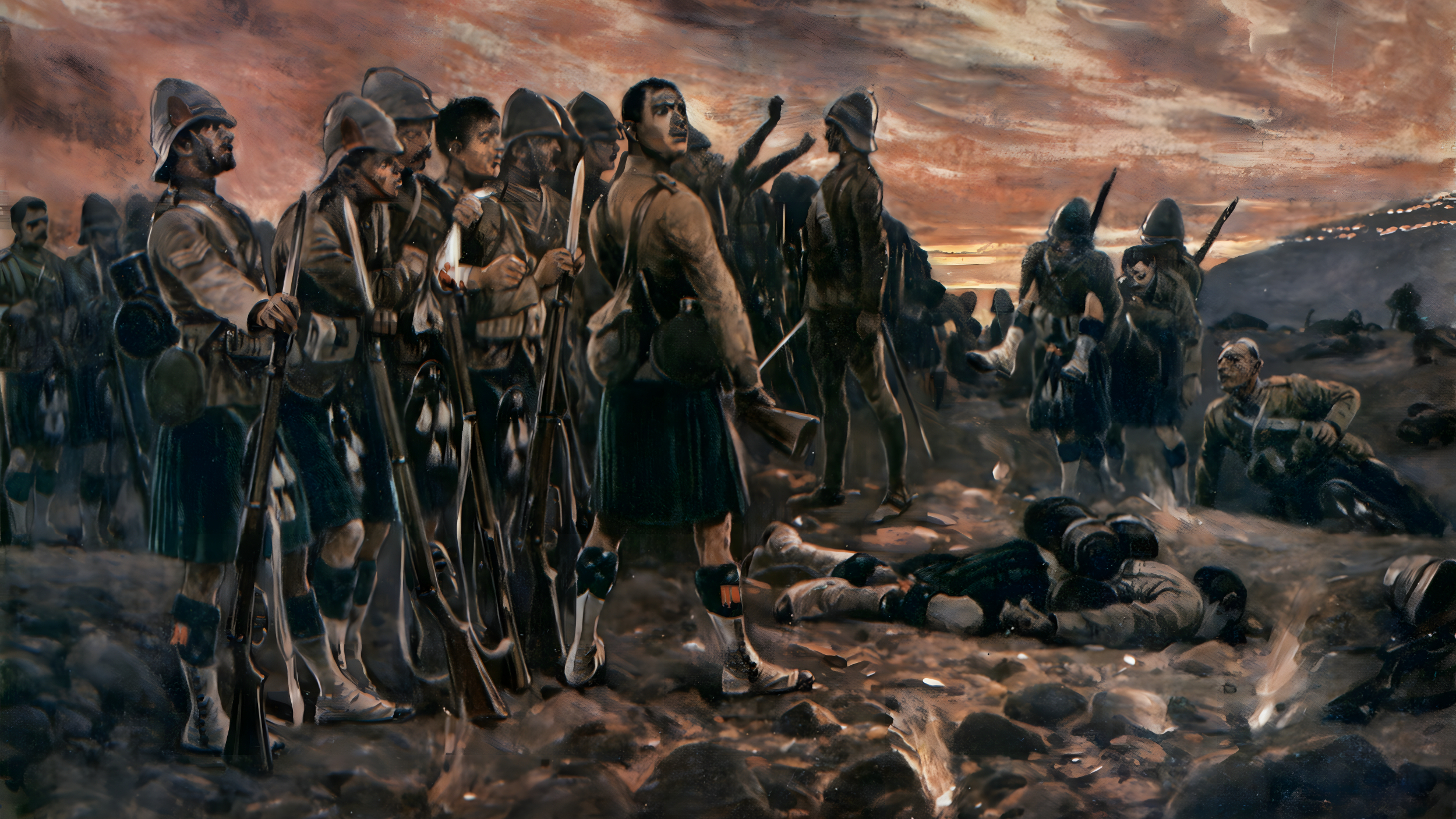
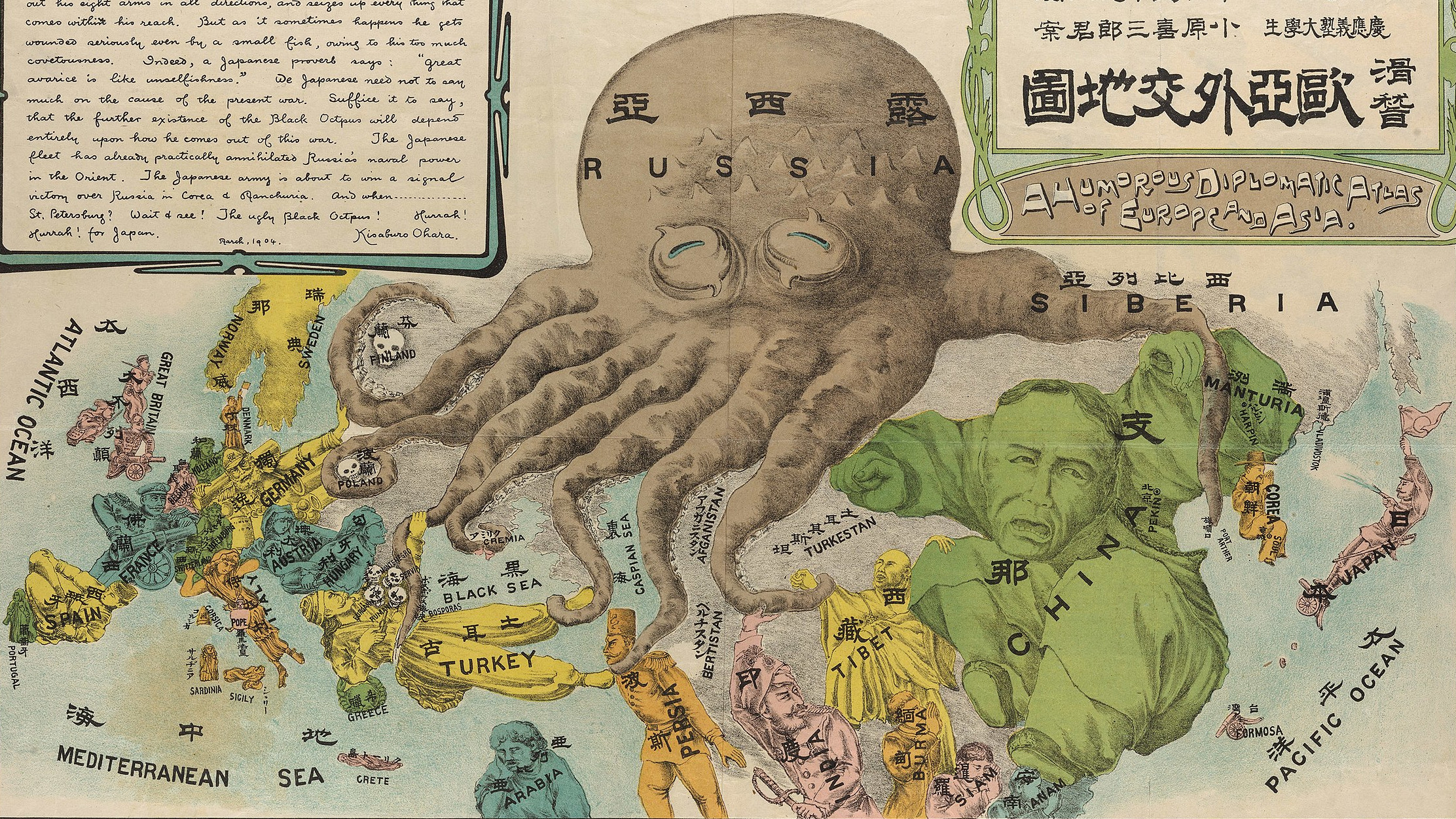
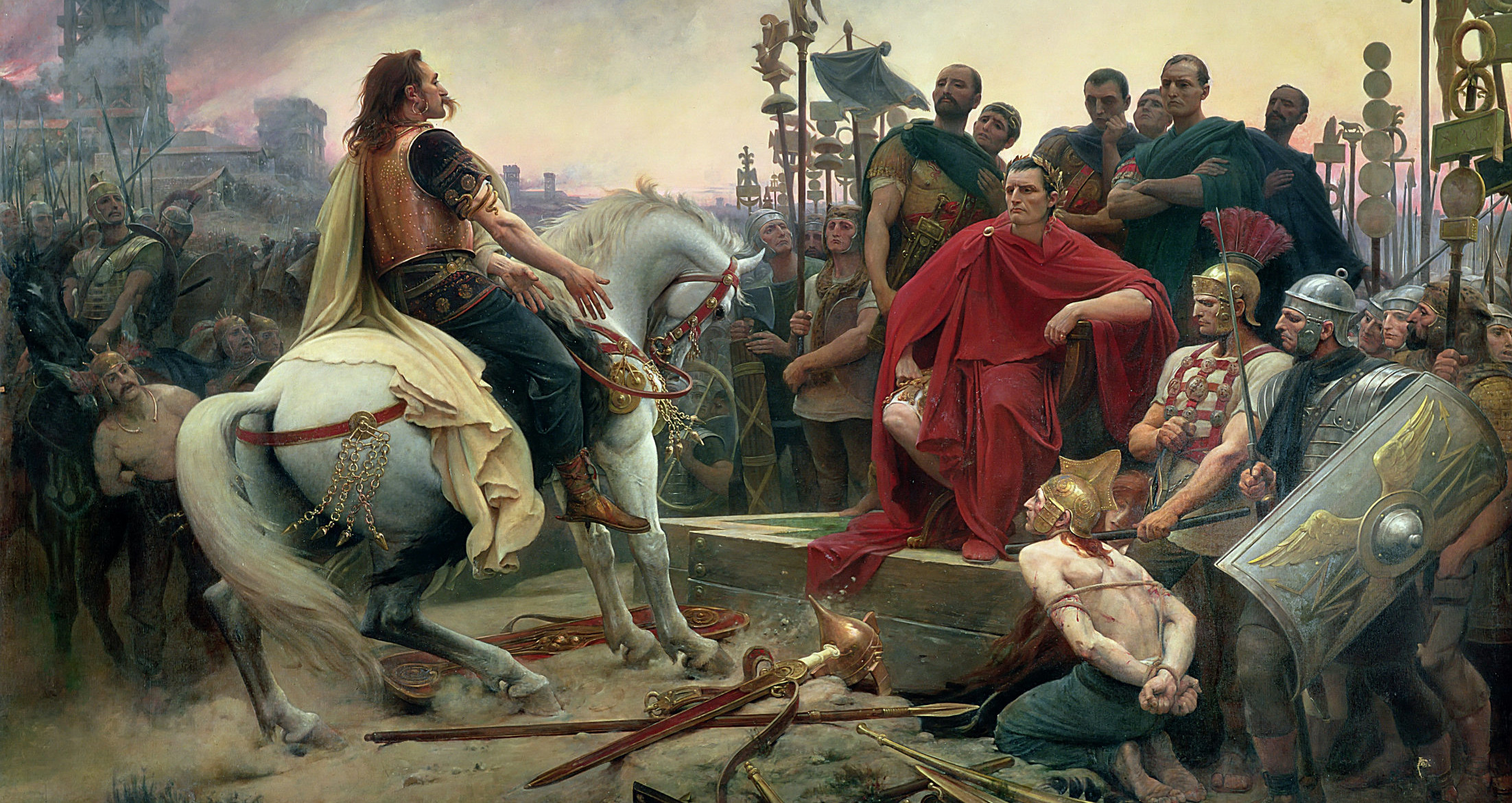
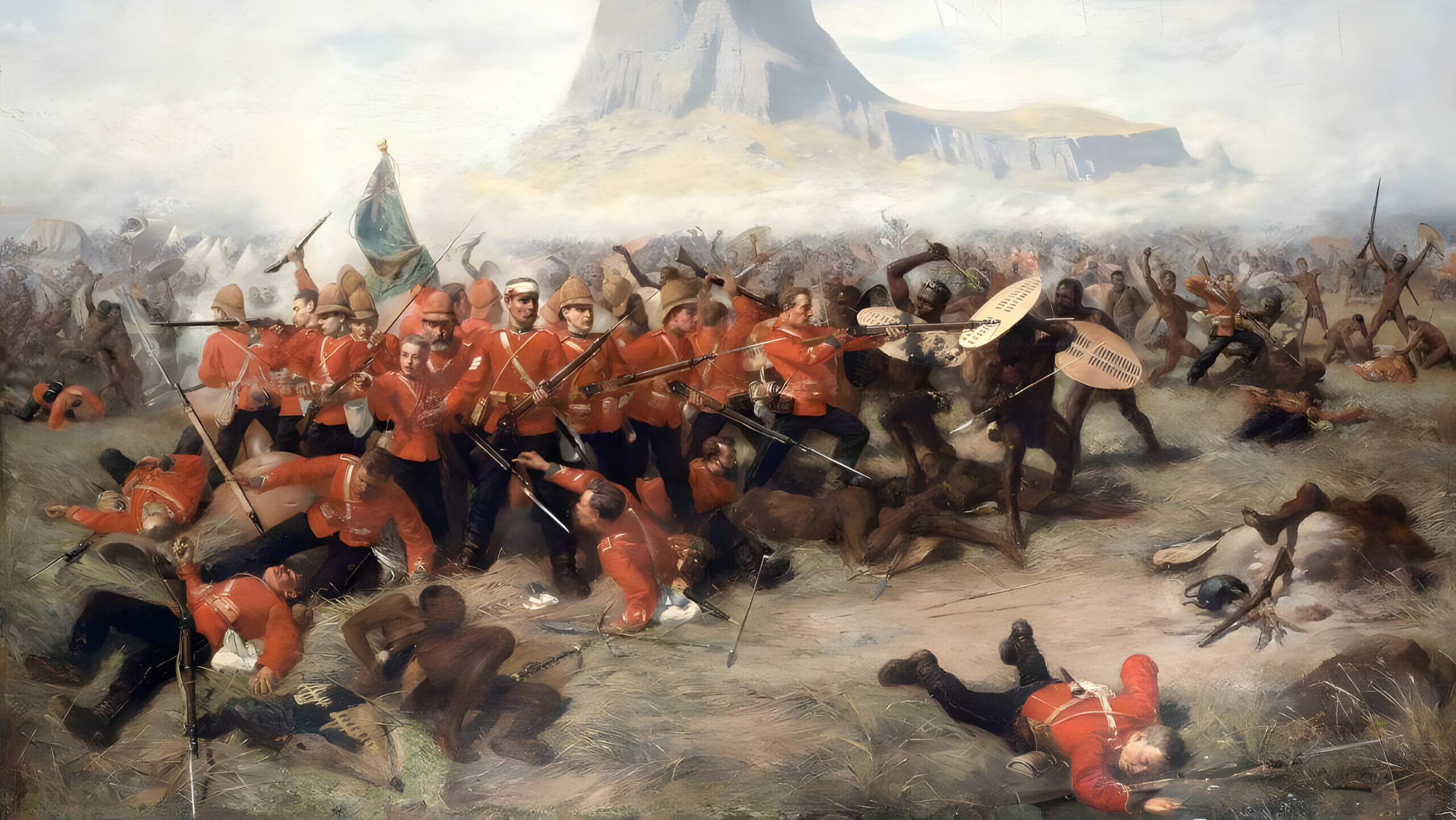
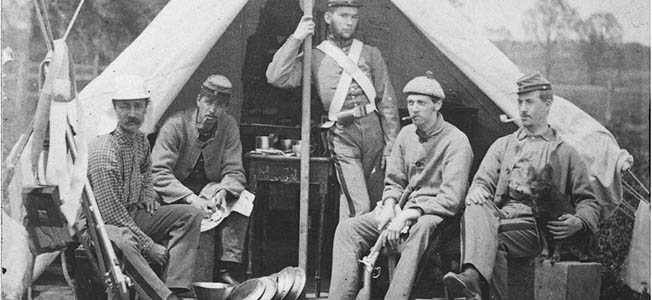
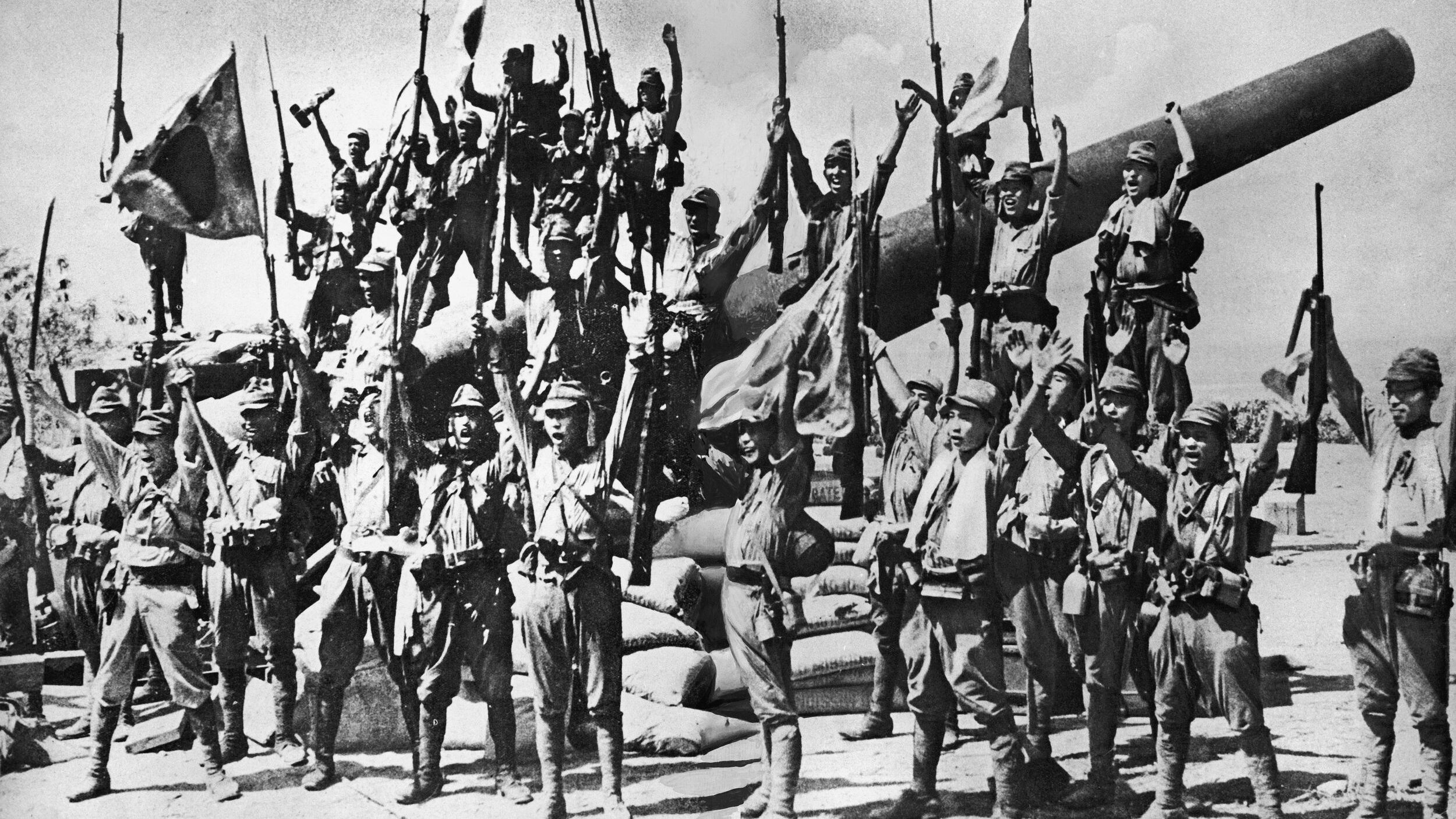
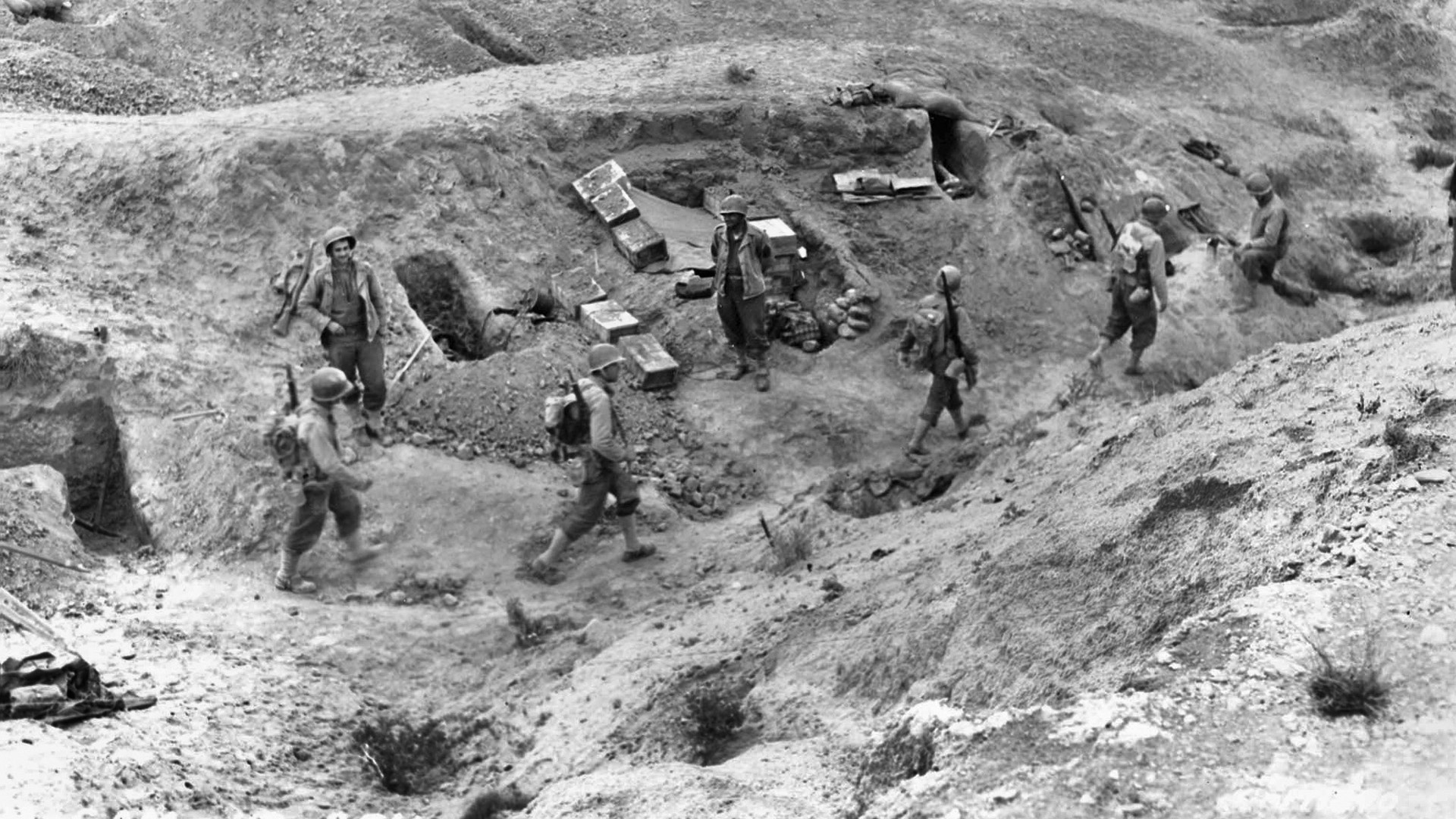
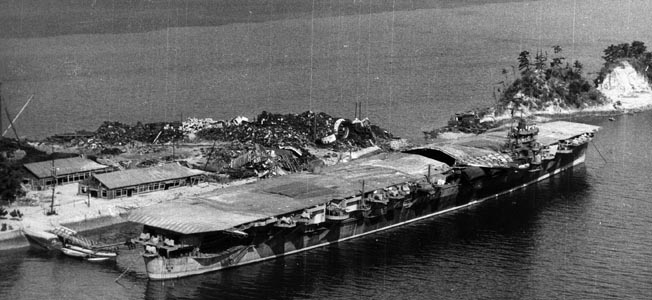
Join The Conversation
Comments
View All Comments